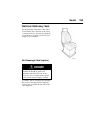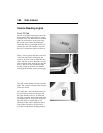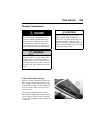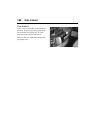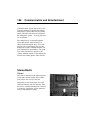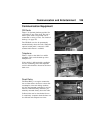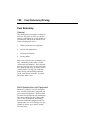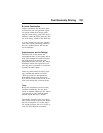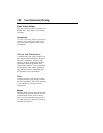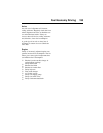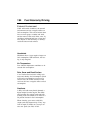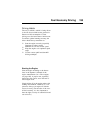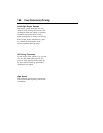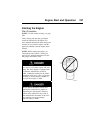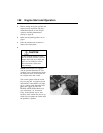
Fuel Economy Driving 191
Driveline Combination
Engine, transmission and final drive must
be selected in such a way that the engine
can operate within the economic speed
range at normal driving speed. This range is
defined as where the engine makes the best
use of the energy content of the diesel fuel.
A poorly selected rear axle ratio, which re-
sults in the engine speed being constantly
above the optimum speed, will increase
fuel consumption.
Superstructure and Air Fairings
The frontal area of the vehicle and
trailer/superstructure is what pushes the air
aside. The smoother the transition between
the aerodynamic front and cab to the
trailer/superstructure, the better the airflow.
With better airflow, the engine has to pro-
duce less power to push the air to the side,
especially at higher speeds.
There are partial and full air fairing pack-
ages available that should cover most
vehicle specifications and applications.
With flatbed trailers using tarpaulins to
cover the load, make sure the cover is tied
down well and presents a smooth surface.
Tires
Heavy duty treaded tires increase rolling
resistance considerably. For long haul,
choose a smoother, ribbed type tire. Choose
a lugged type tire only when the added
traction in mud and snow is needed.
The number of wheels (axles) has a direct
effect on the rolling resistance and, thereby,
the fuel consumption. For volume and/or
low weight transports, the use of a 4X2 in-
stead of a 6X4 should be considered.



